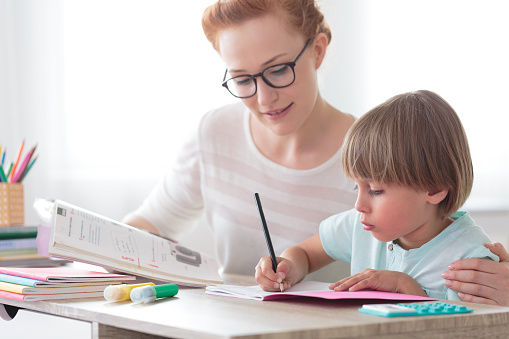Old school becomes history as world turns to online learning
As South Africa goes into lockdown, the quest begins for new ways of teaching and learning.

Picture: iStock
It happened so suddenly. One week schools and universities were considering their options if a “worst case scenario” forced them to shut down campuses. The next they were scrambling to adapt to an utterly changed world.
Many universities had for some time used online lectures to augment teaching, but primarily in the form of recorded lectures that could then be viewed at any time. The concept of “Moocs”, for “massive open online courses”, brought free online university courses to the world, and is now dominated by commercial offerings like Udemy and Coursera. Many traditional universities launched online offshoots as they embraced Mooc thinking.
Some schools referred their students to the likes of Khan Academy to revise or learn ideas they couldn’t grasp in class. Many embraced Google Classroom for assignments or Apple Teacher for extending lessons.
But it is hard to find any physical university or school that was fully prepared for the scale and scope of the shutdown that occurred in a wave across the world over the past month.
In South Africa, the government provided a convenient escape clause, declaring an early school holiday. It meant that those schools with the means could start devising online teaching programmes that would be ready when the new term was due to start.

Picture: iStock
Sadly, the vast majority of South African schools do not have that luxury: the schools themselves are not equipped for digital teaching, both due to lack of training and lack of resources, and the students simply do not have the means to learn remotely.
A decade-and-a-half of dithering over wireless spectrum allocation has made sure that data costs remain too high, coverage to spotty, and technology too inaccessible, to allow for a universal digital education culture.
We cannot underestimate the challenge, now or for the future: the crisis has revealed how utterly unprepared the schooling system has been all along for the future world of work.
However, we do not have to blunder blindly into fumbled new models and uncertain new techniques. Numerous case studies have evolved over the years, and a vast body of best practice is available.
Even the issue of having millions of students without Internet access is not unique to South Africa. In the USA, 14% of households with school-age children don’t have internet access and many of those who do have access live in rural areas with poor signal.
The solution is not obvious, but the needed response is: government must urgently mandate mobile network operators to zero-rate all educational sites and services that meet minimum requirements – such as having an ac.za address, and providing curriculum-based resources. It is no longer enough for the operators to pre-define those services that can be included in their own portals.

Picture: iStock
The Department of Basic Education can rope in radio stations and TV networks to broadcast curriculum-based material, tied in to a nationwide plan and aligned to the current required learning schedule.
Even for physical activity, crucial for pre-school kids, there are solutions. The British International School in Hanoi, Vietnam, has provided one such example: children have been given take-home boxes containing homemade playdough, craft materials and lists of games families can play together. Enthusiasm for the initiative has resulted in teachers of older grades also “curating” boxes.
In the longer term, the curriculum itself must be changed radically, to take in both modes of teaching and content geared towards the new realities. For now, e-learning and remote teaching will have to become the norm, where it is possible.
For those who are fortunate enough to teach and learn in connected communities, the immediate options are obvious, if not simple. They can be found in abundance on the internet, from the largest technology, education and philanthropic companies, to the smallest start-ups.
However, online resources and digitisation of the curriculum are not enough in themselves. We need “digitalisation”, which means the entire way of thinking about learning and teaching becomes a digital process that is integrated with related systems, resources and activities.
“We need to do things differently instead of simply translating traditional methods into digital ones,” says Sean Hampton-Cole, an educational technology specialist who has overseen technology integration at several South African schools.

Picture: iStock
“E-learning, like all learning, must not always be about content delivery. It is in collaborative work that digital learning is truly transforming education.”
He, too, acknowledges the massive digital divide in this country: “Of course, there are serious issues: inclusivity concerns, technical problems, lack of parental supervision, difficult home circumstances, parent outbursts, and so on. And there are no easy solutions to these problems.”
The one segment of South African society that will not have been caught off-guard by the education lockdown is the home-schooling community. The SA Schools Act allows for a child to be registered for home education, but that has often been viewed as a recourse for religious extremists and over-involved parents.
In reality, it can be a highly progressive approach, and those who have taken it are no doubt feeling smug for the moment. The rest of society has been forced into home-schooling.
Arthur Goldstuck is founder of World Wide Worx and editor-in-chief of Gadget.co.za. Follow him on Twitter and Instagram on @art2gee
For more news your way, download The Citizen’s app for iOS and Android.
For more news your way
Download our app and read this and other great stories on the move. Available for Android and iOS.









